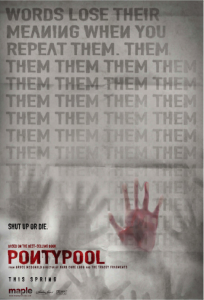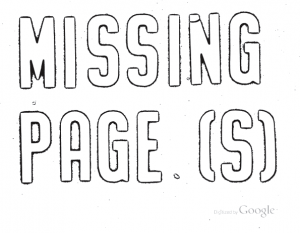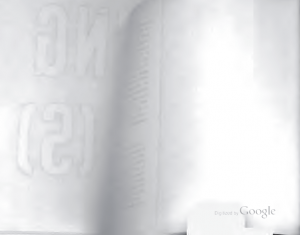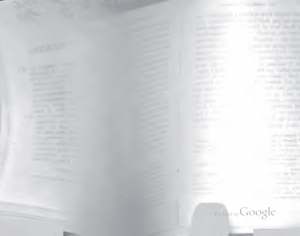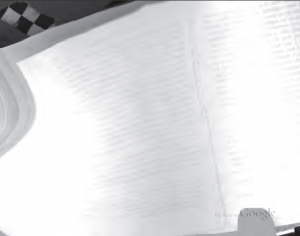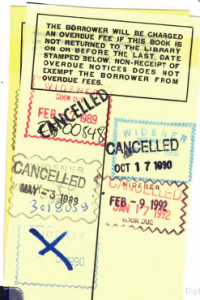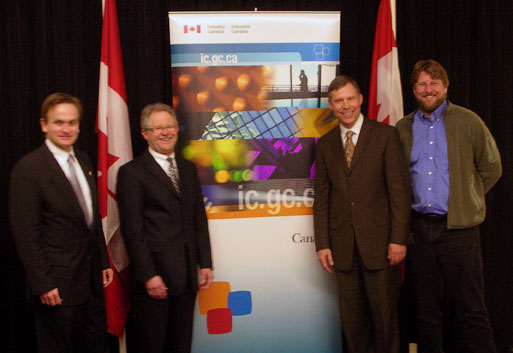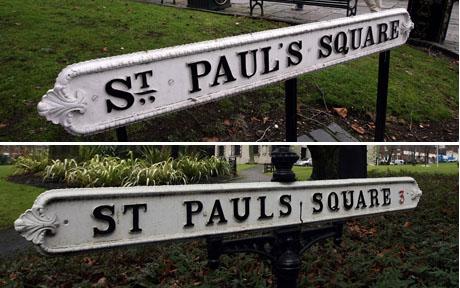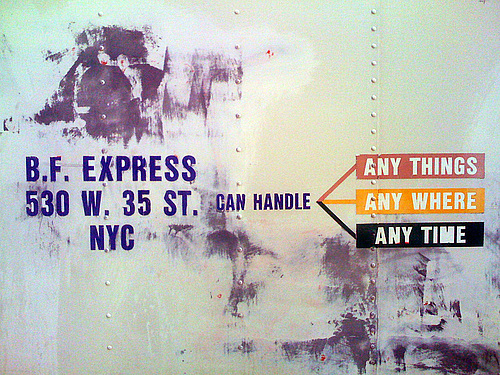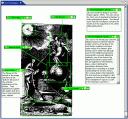Reading the book on Canadian book design, The Surface of Meaning I came across a reference to Beatrice Warde’s The Crystal Goblet. This was given as a lecture in London in 1930 with the title “Printing Should be Invisible” and was printed in the 1950s. It is a clear and apparently influential statement of the modernist view of how a book design should be transparent letting the ideas shine through. It starts with a metaphor of the book as a goblet.
Imagine that you have before you a flagon of wine. You may choose your own favourite vintage for this imaginary demonstration, so that it be a deep shimmering crimson in colour. You have two goblets before you. One is of solid gold, wrought in the most exquisite patterns. The other is of crystal-clear glass, thin as a bubble, and as transparent. …
Bear with me in this long-winded and fragrant metaphor; for you will find that almost all the virtues of the perfect wine-glass have a parallel in typography. …
Now the man who first chose glass instead of clay or metal to hold his wine was a ‘modernist’ in the sense in which I am going to use that term. That is, the first thing he asked of his particular object was not ‘How should it look?’ but ‘What must it do?’ and to that extent all good typography is modernist. …
It is sheer magic that I should be able to hold a one-sided conversation by means of black marks on paper with an unknown person half-way across the world. Talking, broadcasting, writing, and printing are all quite literally forms of thought transference, and it is the ability and eagerness to transfer and receive the contents of the mind that is almost alone responsible for human civilization. …
the most important thing about printing is that it conveys thought, ideas, images, from one mind to other minds. This statement is what you might call the front door of the science of typography. …
Type well used is invisible as type, just as the perfect talking voice is the unnoticed vehicle for the transmission of words, ideas. ..
it is mischievous to call any printed piece a work of art, especially fine art: because that would imply that its first purpose was to exist as an expression of beauty for its own sake and for the delectation of the senses. Calligraphy can almost be considered a fine art nowadays, because its primary economic and educational purpose has been taken away; but printing in English will not qualify as an art until the present English language no longer conveys ideas to future generations, and until printing itself hands its usefulness to some yet unimagined successor. …
The book typographer has the job of erecting a window between the reader inside the room and that landscape which is the author’s words. He may put up a stained-glass window of marvellous beauty, but a failure as a window; that is, he may use some rich superb type like text gothic that is something to be looked at, not through. Or he may work in what I call transparent or invisible typography. …
Printing demands a humility of mind, for the lack of which many of the fine arts are even now floundering in self-conscious and maudlin experiments. There is nothing simple or dull in achieving the transparent page. Vulgar ostentation is twice as easy as discipline.
Perhaps the time comes when printing reluctantly hands off its usefulness to a digital successor like the Kindle which would explain the (re)discovery of pressing form into paper and other arts of the book. I am not making a prediction and especially not recommending this, just reflecting on how the book need not be so transparent as it was supposed to be. When the burden of usefulness is eased off the shoulders of books they can become post-modern chalices, opaque and shiny.
For another take see Book Design in Canada at Cardigan Industries.
Now for the wine within.
